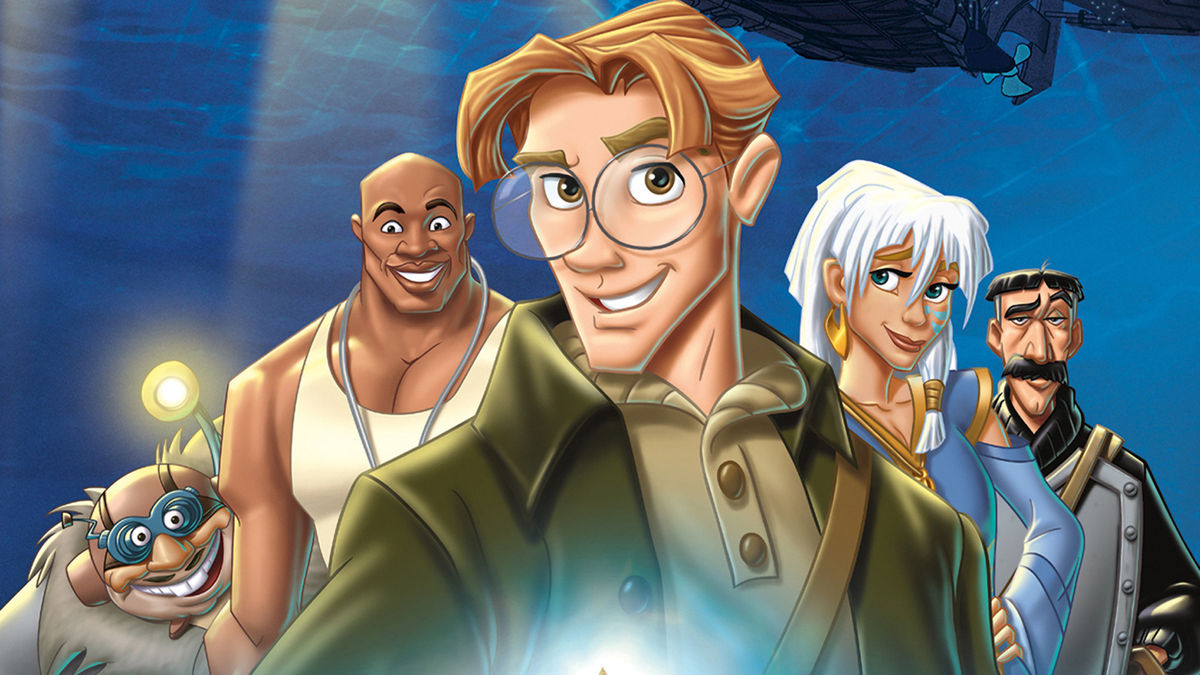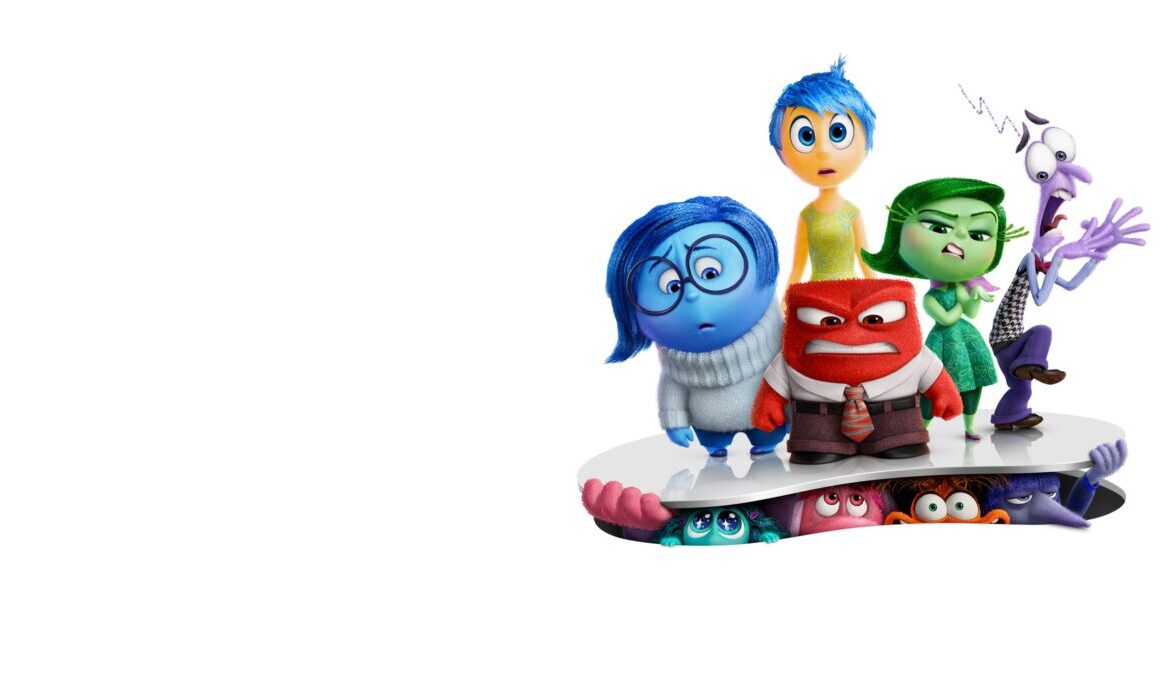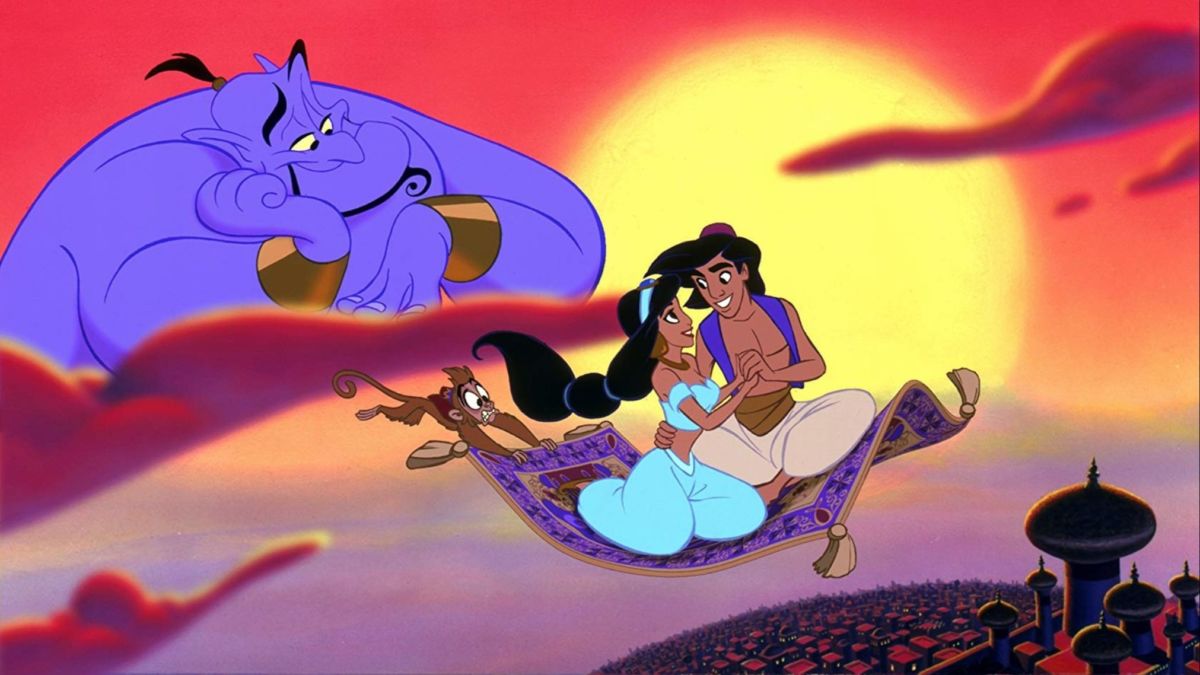With Inside Out 2 releasing later this year, several Cars projects in the works, and Zootopia 2, Frozen 3, Frozen 4, and Toy Story 5 confirmed, the Disney conglomerate has turned to sequels to make a profit in a post-pandemic movie environment.
That’s not surprising as their original properties like Strange World and Wish flopped at the box office, but if Disney’s history has taught us anything, it’s that this overdependence on well-known IPs is a terrible sign for both the company’s present and future.
A Fast Play of Disney’s DVD Sequels
It took until 1990 to finally release a sequel to one of Disney’s animated movies, and that sequel was The Rescuers Down Under, a follow-up to 1977’s The Rescuers. By no means was this a low-effort sequel — it was made by Walt Disney Animation Studios (WDAS), Disney’s main department for theatrical animated films, featured stellar animation and writing, and most importantly, was released in cinemas and not direct-to-video.
The movie didn’t do well and remains one of Disney’s most underrated animated offerings, but it did lead to a realization for both fans and Disney itself: sequels to animated Disney movies could be released, despite there not having been one for 67 years.
Two years later, Disney released Aladdin, the first animated film to surpass $500 million at the box office. Even before its release, though, Disney was already working on a show based on the film, which was meant to begin with an hour-long television special. Instead, that special became The Return of Jafar, Disney’s first direct-to-video animated sequel.
With a significantly lower budget of $5 million compared to Aladdin’s $28 million, and the film being made instead by Disney Television Animation, it was pretty obvious to anyone that this sequel wasn’t getting nearly the same quality of treatment as the original. Despite that, The Return of Jafar was a gigantic commercial success, raking in $300 million in worldwide sales, and at the time was one of the top 15 best-selling home videos ever.
Critically, however, the Aladdin sequel received negative reviews, with Deseret News calling it “strictly kids’ stuff” and commenting that the animation was “not even close to the classical, fluid-movement style that is the hallmark of Disney’s theatrical work.”
That didn’t matter to Disney, though, and from 1994 to 2008, 26 direct-to-video sequels, prequels, and midquels were released, from The Lion King 2 to The Little Mermaid 2 to even Lady and the Tramp 2. Two more were even released in theaters: Return to Never Land and The Jungle Book 2.
Critics panned these sequels, and John Lasseter (previous chief creative officer of Pixar) had such disdain for these films, that he canceled production for any more future sequels when he also became chief of WDAS. While it may be easy to shrug off these sequels as just easy cash grabs, we must discuss what exactly was going on with Disney’s main theatrical releases during this period.
Disney on the Big Screen

Because of the successes of The Little Mermaid, Beauty & the Beast, Aladdin, and The Lion King, it’s easy to think WDAS was at its prime during the 90s, but that’s not the complete truth. The more their films went on, the more expensive they became, with titles like Mulan costing up to $90 million whereas The Lion King only cost $45 million.
This meant their later films had to perform significantly better, and while Pocahontas, The Hunchback of Notre Dame, Hercules, Mulan, and Tarzan are all fairly well-remembered now, none of them could recreate the successes of Aladdin and especially The Lion King, which at the time grossed over $763 million at the box office. Tarzan grossed $448 million against a budget of $130 million, and the rest couldn’t even make it past $350 million.
It got even worse when Disney entered the 2000s, as they had to swallow a seriously bitter pill: general audiences were no longer that interested in 2D animation on the big screen.
DreamWorks and Pixar were the big boys in the business now, and Disney’s 2D-animated films like Treasure Planet and Atlantis: The Lost Empire just couldn’t compete with 3D-animated films like DreamWorks’s Shrek 2 and Madagascar and Pixar’s Finding Nemo and The Incredibles.
These films were regularly making $500+ million at the box office. Disney, on the other hand, released 9 films from 2000 to 2007. Not a single one could surpass $350 million at the box office, and 5 of those films (55%) were straight-up flops.
It’s no surprise that Disney would rely so heavily on their direct-to-video sequels as they were cheap to make and could dependably turn in a profit. Nowadays, on-demand movies often garner great reviews and strong fan bases, but because people then saw direct-to-video films as inherently lesser than theatrical ones, Disney didn’t feel the pressure to make any of these titles good, either.
Disney even wanted Pixar’s Toy Story 2 to be a direct-to-video film. Still, Pixar wasn’t interested in lowering their quality and worked especially hard to make the sequel worthy of a theatrical release.
From Revival to Repeating History
It’s no coincidence that Bolt, the first WDAS film under John Lasseter, would start Disney’s revival era, producing lauded and successful films such as Wreck-it Ralph, Frozen, Zootopia, and Moana.
That’s why it’s so disappointing that Disney has returned to depending on unnecessary sequels when their revival era was filled with so many well-made new properties, and it’s made even worse that Pixar has followed suit.
Cars 3 and Lightyear were both underwhelming movies and underperformed at the box office. Inside Out 2 also features new emotions despite the first film showing the emotions of multiple characters other than Riley, and none of them had any of these new emotions such as Anxiety, Embarrassment, or Ennui. (Aren’t anxiety and embarrassment just under fear and/or disgust, anyway?)
Walt Disney once said, “We don’t make movies to make money. We make money to make more movies.” That might’ve been true for Disney once, but now, the conglomerate has returned to its safety blanket of sequels, even though new original properties brought them back to glory in the early 2010s.
Disney’s competitors are banking on sequels too, such as DreamWorks with Kung Fu Panda 4 and Shrek 5 and Illumination with Despicable Me 4 and Sing 3. Hollywood has seemingly — and disappointingly — convinced themselves that the only way an animated film can make bank now is if its title ends with a number greater than one.
READ NEXT: Why Disney’s Wish Wasn’t the Sleeper Hit Elemental Was
Some of the coverage you find on Cultured Vultures contains affiliate links, which provide us with small commissions based on purchases made from visiting our site.


